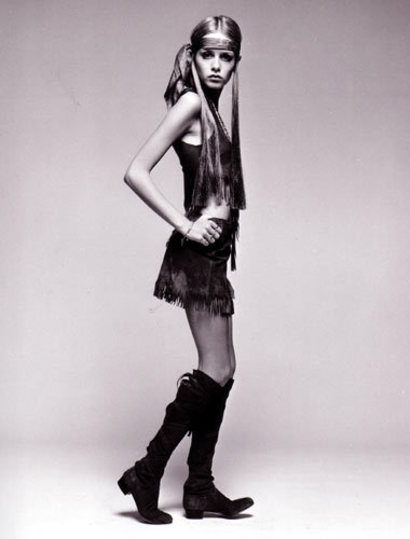By Kevin O’Sullivan
I am, I must admit, not the biggest fan of museums. Monuments, yes. Galleries, certainly. But there’s something about museums that often seems, well, too wordy, unfocussed, or over-done. Which might seem like an odd admission, coming from (a) an historian, and (b) one about to list his five favourite museums. But read on…
 The British Museum
The British Museum
Start with a classic. If you can get over the size – in many ways it’s too big, and there’s too much that you simply don’t want to see. And if you can ignore the provenance of its artefacts and how many of them were acquired. Then there is so much to excite and amaze, on repeated visits, that you can always find yourself in an unexpected room, in an unexpected wing, or on an unexpected floor – for hours on end. That and the A History of the World in 100 Objects tie-in has opened a whole new way of exploring even the most obscure exhibit. Oh, and it’s free too. Read More














